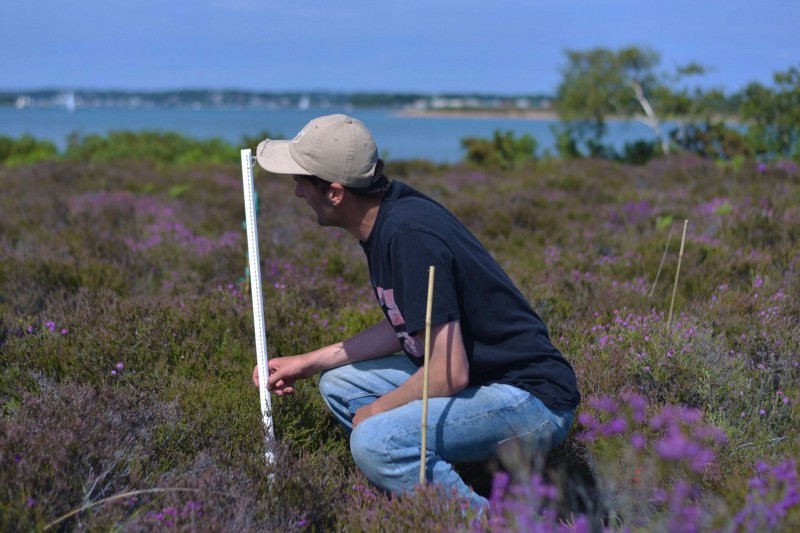Organiser: Sally Brown ([email protected])
Wednesday 21st April at 12.15. Zach Boakes, Bournemouth University / North Bali Reef Conservation.
Coral reef restoration in Bali, Indonesia
Zach, visited North Bali in 2016, and realised it’s coral reef ecosystems were in urgent need of restoration. The following year, Zach co-founded the NGO North Bali Reef Conservation alongside his Environmental Science degree at Bournemouth University. North Bali Reef Conservation works with a community of fishermen and local villagers in North Bali to restore and conserve coral reefs. Alongside many other projects, they have now built and deployed one of Indonesia’s largest artificial reefs, which is bringing marine biodiversity back to the area. Zach is now a PhD student researching the ecological and socioeconomic potential of artificial reefs in Bali, and his research is funded by Earthwatch and Bournemouth University.
Thursday 28th April, 4pm. Michael White, Nature. **Please leave 1hr in your diaries**
Wednesday 5th May. 12.15. Jon Copley, University of Southampton.
Wednesday 19th May. 12.15. Ben Parker, Bournemouth University.
Wednesday 2nd June. 12.15. Gitte Kragh, Aarhus University.
Wednesday 16th June. 9.30am. Rachel Kelly, University of Tasmania.
Sustainable Futures through Interdisciplinarity
Wednesday 30th June. 12.15. Helen Slater, PhD student, Bournemouth University. A biophysical modelling approach to investigating edge effects on arboreal mammals: a case study of the Sumatran orangutan, Pongo abelii
Climatic conditions in forests can vary significantly from those recorded in coarse-scale macroclimate datasets; however, alterations to 3D forest structure through fragmentation and selective logging will have unknown impacts on forest microclimates through the introduction of edge effects. My research aims to use mechanistic models of microclimate and bioenergetics to predict mammal responses to human disturbance and climate change in tropical secondary forest in Sumatra, Indonesia. In this talk, I will present a case study of the Critically Endangered Sumatran orangutan which highlights how mechanistic models can be used to give more realistic predictions of species responses to changing climates, by accounting for behavioural and physiological responses.



